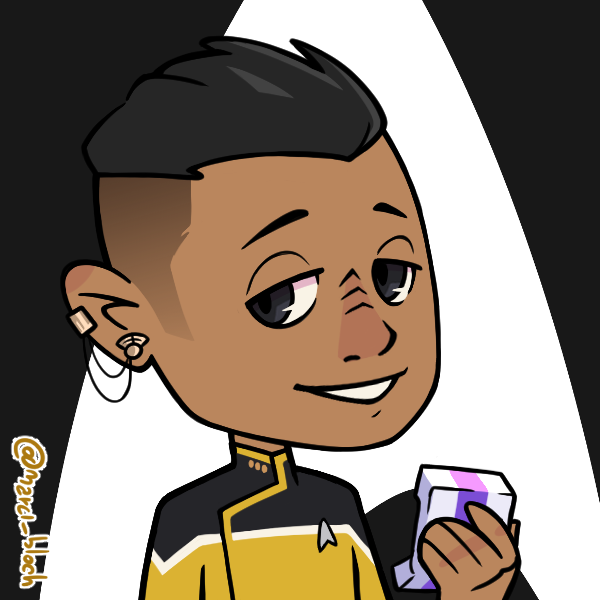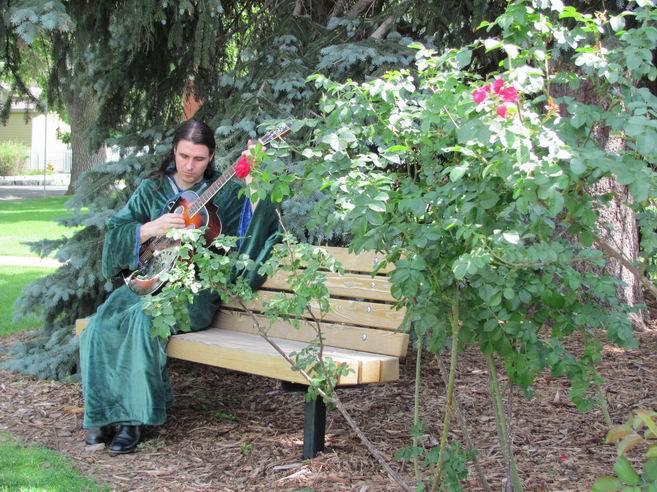How might SNW explain the physiology of the Klingons that have ridged foreheads versus the smooth foreheads that come from the failed augment experiment in ENT? A refresher: during the run of ENT, Klingons attempted to replicate the experiment of Human Augments. It ends up failing, which results in the physiology of the population changing, thus giving a in-universe explanation for why the makeup in TOS varies from how they appear TMP and onward.
How might SNW address this bit of lore? TOS takes place during 2265-2269. SNW first episode “Strange New Worlds” is 2259, six years prior. We already know Klingons with ridged foreheads exist thanks to DIS. We even see some during “The Broken Circle”. Might one possible way of explaining the change be a shift in the military and/or political factions of the Empire that lead to more of the smooth foreheads Klingons dominating?
That would work if SNW came after TOS. But in DIS and SNW we’ve seen ridges. But no direct mention of the events of “Affliction”. So by the late 2260s, why would a majority of those alive exhibit one singular trait that is considered a defect and suddenly disappear after 2270?
EDIT: If both groups of Klingons always exist side-by-side then writers would likely want to make it clear in dialogue. I think they should.
I believe this was addressed in an interview somewhere where the Disco writers said they planned to go with Rodenberry’s desire to “pretend the Klingons were always like that” and ignore the Enterprise lore completely. Let me see if I can find it.
EDIT: It was Ted Sullivan in 2017 in an interview with Wired.
That was a great read, thanks.
Kinda surreal to read about disco without also reading about disappointment.
Wildest part is how good it sounded at the time:
“Things are at a fever pitch right now, I believe we can all agree. The devastation, the oppression, the genocide, the division around the world, I think it has reached a fever pitch, and I absolutely think that it’s causing people to lose hope in a lot of ways,” she says. “So yes, I think people are looking for something to hold onto, they’re reaching and grasping for glimmers wherever they may find them. It’s why I feel so honoured and blessed to be a storyteller, number one, and to be telling this story, because I believe it speaks to that. I believe seeing this utopian future, even with its challenges, is incredibly, incredibly hopeful and inspiring.”
The basic story ideas are pretty solid, they just get hampered by the execution (and the mess that was production).



